PV demonstrates a commitment to sustainability However, it is not only for economic reasons that companies want to use their buildings for photovoltaic (PV) power generation or rent their roofs to investors. Solar panel systems on a building are also a way of demonstrating commitment to sustainability and energy independence. Roof-mounted PV systems offer numerous benefits, including reduced energy costs and a reduced carbon footprint. However, businesses and installers must be aware of the potential risks associated with these systems. As the popularity of solar panels continues to soar, understanding and mitigating this emerging risk is paramount. rooftop solar mounting The risk of fire PV panels can introduce an obvious ignition source to the roof level, and therefore, increase the risk of fire. Several high-profile fires have occurred in commercial and industrial buildings with rooftop solar PV systems. PV panels installed over a combustible roof system is discouraged as it will almost certainly increase the severity of a loss. The rooftop placement of PV panels means any fire igniting due to the PV panels or cabling is beyond the building’s fixed fire protection and detection systems. This can result in delayed detection of the fire and consequently, delayed manual firefighting operations by the fire department. PV panels generally contain limited plastics however the vulnerability often lies in the frames, mounting systems, cables, and junction boxes. It should be noted that even though PV panels maybe not be the ignition source of a fire, there is a chance they could inhibit the fire suppression and fire fighting activities by means of presenting a shock hazard and preventing wetting of the roof system below. PV Panels continue to produce electricity even when isolated When firefighters arrive at a burning building, one of their first tasks is to isolate the power supply to the building using a “Fireman’s Switch”. Safely isolating a PV system in a fire situation should ideally result in DC currents and voltages reduced to levels that are no longer hazardous to firefighters. However, this requires isolation of each module with a micro-inverter or by DC switches controlling a limited number of modules in a string. Currently, there is no economically feasible solution for such an isolation tool. If the sun is out, the panels will continue to produce electricity. PV panels add significant weight to the structure The installation of PV panels on rooftops can add significant weight to the structure. Over time, this extra load can lead to stress on the roof, potentially causing leaks, sagging, or even collapse in extreme cases. It is vital to have a professional structural assessment before the installation to ensure the roof can support the added weight. Installation and maintenance A significant risk to PV installations is that there is no code of practice for the wiring of PV installations, thus you need to ensure you use a reputable installer. PV systems should only be installed and commissioned by qualified contractors. PV systems should be inspected regularly by qualified professionals, including looking for potential damage from rodents and other pests, which could compromise the wiring or insulation. Infrared thermographic inspections should be conducted at least annually to look for “hot spots.” Weather-Related Risks Extreme weather conditions, such as hail, intense winds, or heavy snow, can damage solar panels. Adequate installation and mounting techniques can help minimize these risks, but it is essential to be prepared for adverse weather events. Insurance and Liability Adding solar panels to a roof may impact insurance coverage and liability in case of damage or accidents. It is essential to consult with insurance providers to ensure that your policy adequately covers your PV system and potential liabilities.
Read More











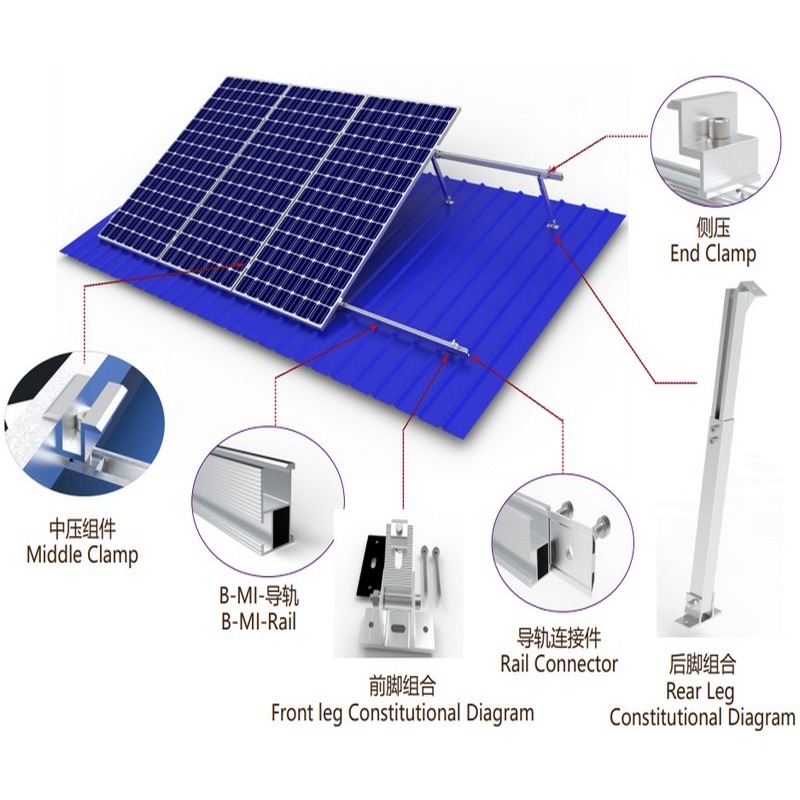
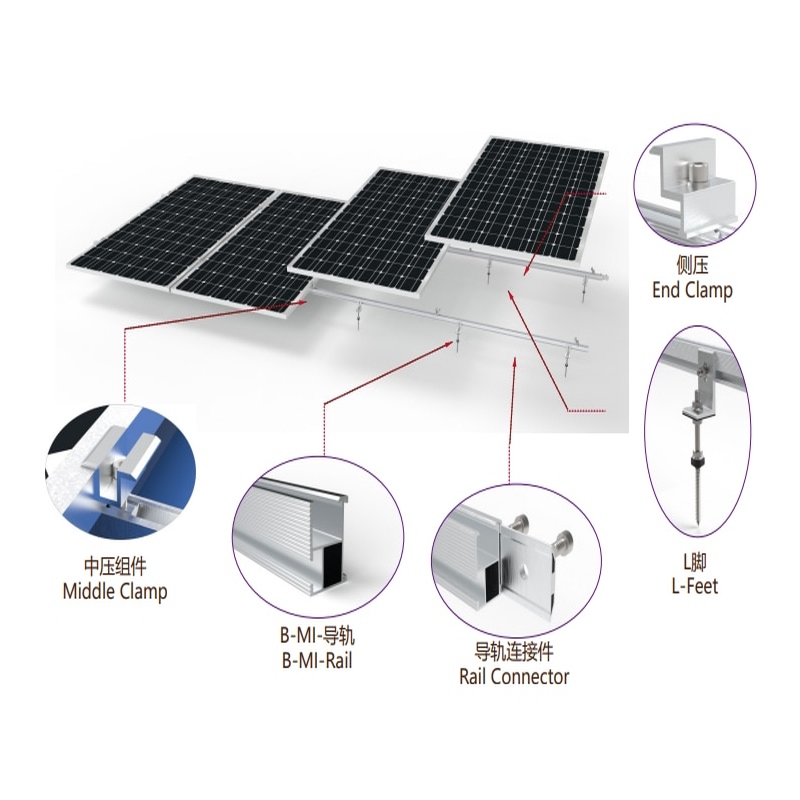
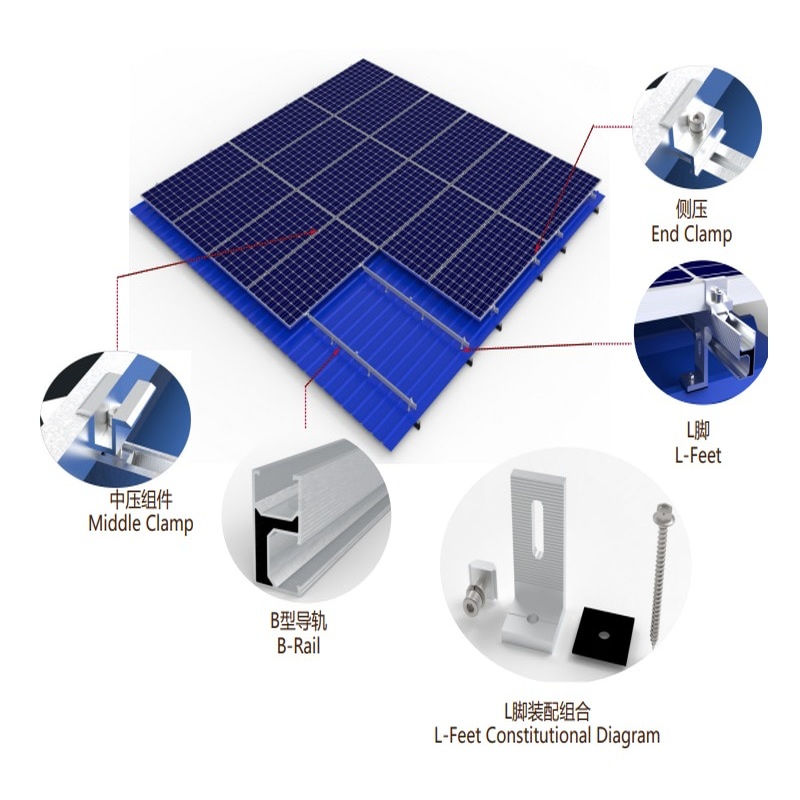
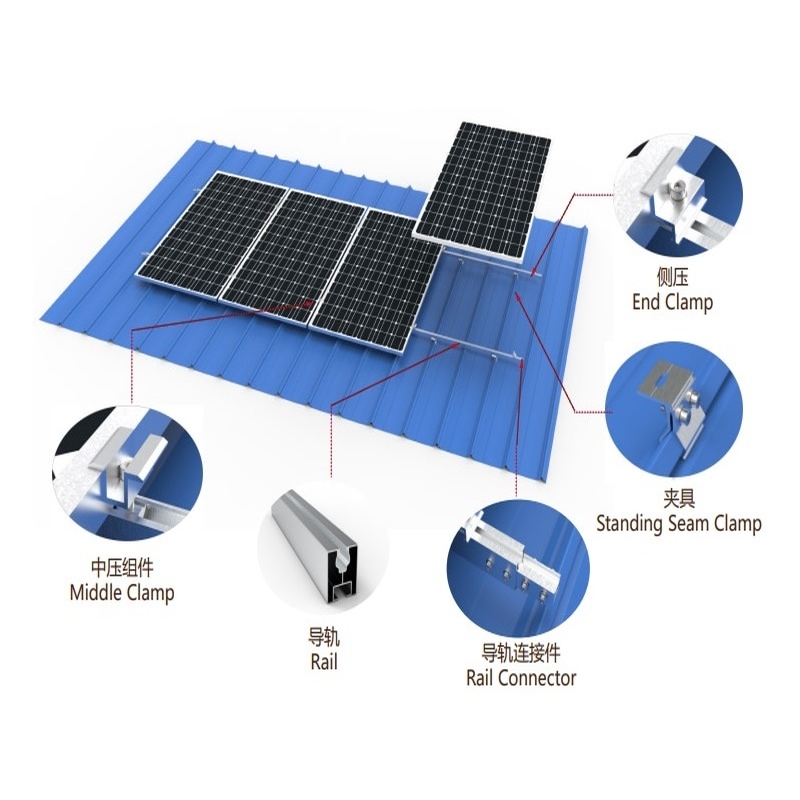
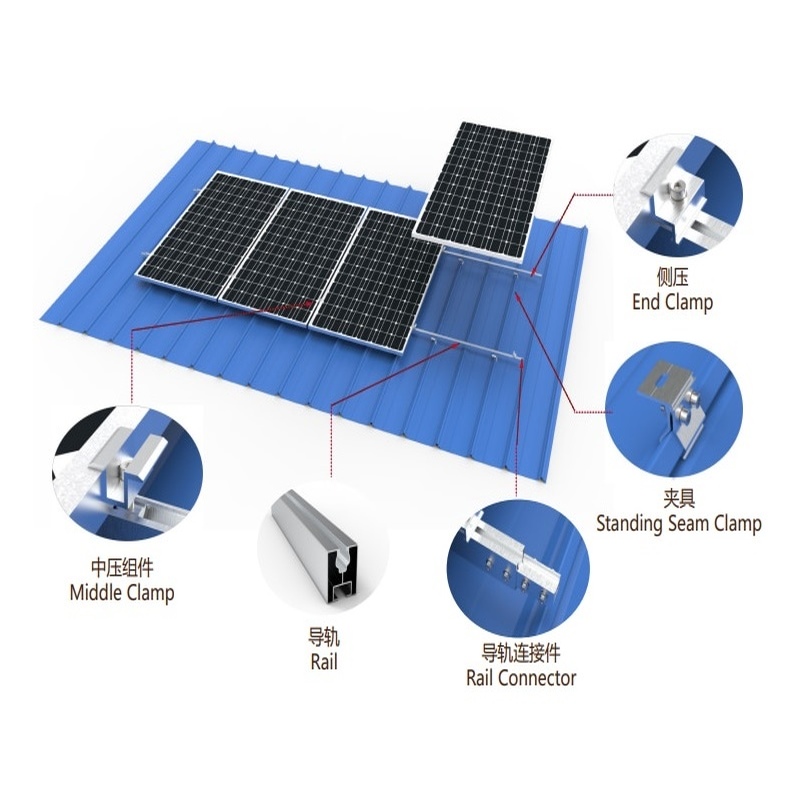
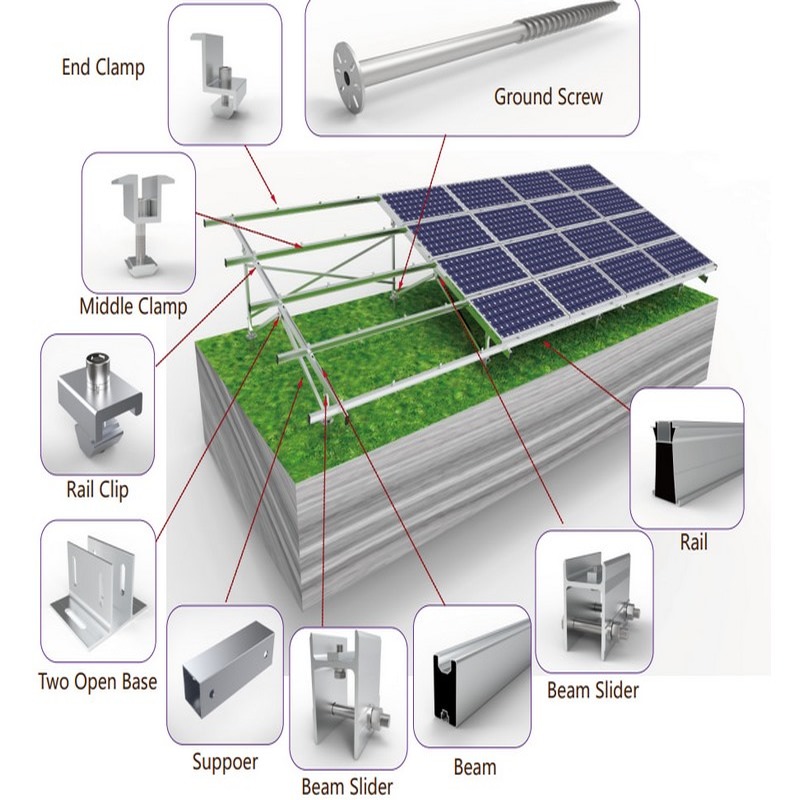
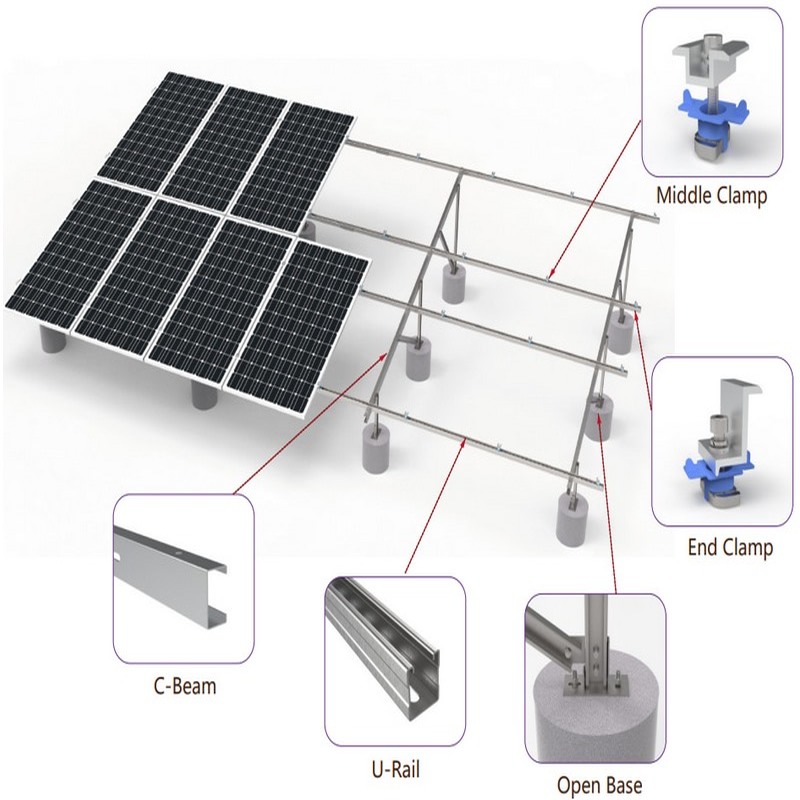
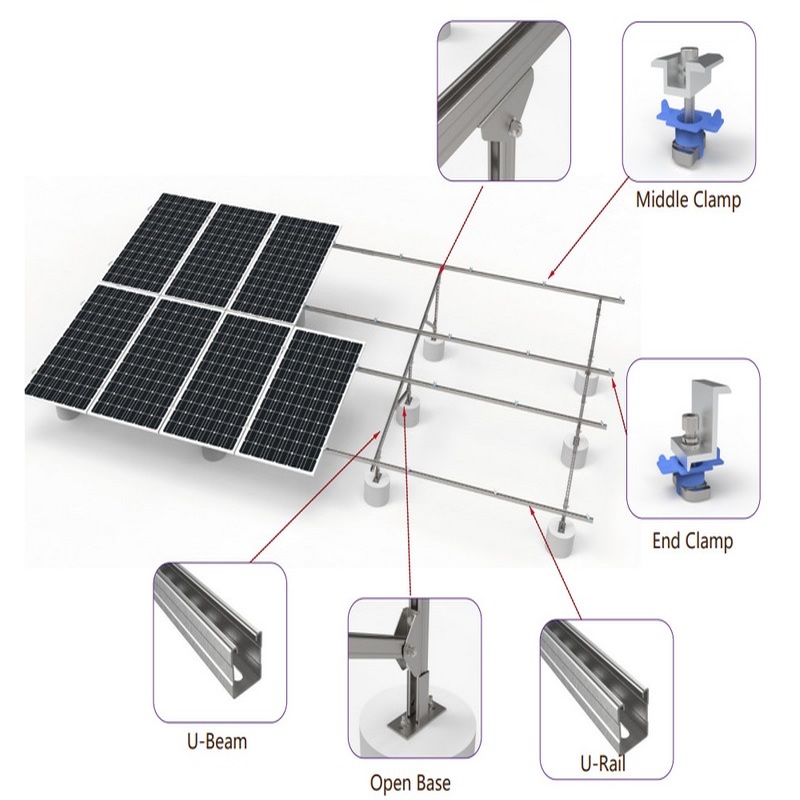








 IPv6 network supported
IPv6 network supported